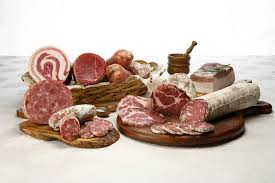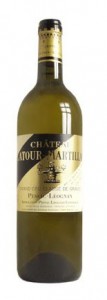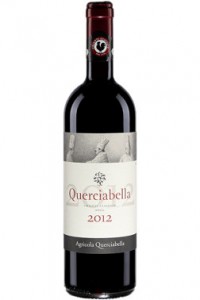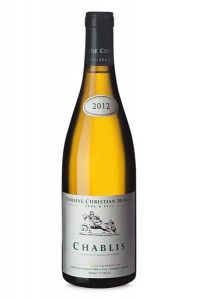Cured meats or ‘Salumi’ in Italian was born out of the need to conserve meat for months after the ‘harvest’ of the animal. Cured meats are most often made of pork, beef, veal, goat, chamois, venison, wild boar or horse. Salting, smoking and air-drying are the three main processes by which fresh meat is transformed into a storable delicacy.
Salt, a conserving agent, is used in large quantities to ensure that the meat will keep for several months. Similarly, spices play a key role in conserving meat: black pepper, chili flakes, and ground red pepper are predominant.
Italian Salumi falls under two categories: those obtained from a whole cut of meat, such as a boneless thigh or shoulder. You may recognize Prosciutto, Pancetta, Coppa, Culatello in this case. Those made from minced, ground, or chopped meat that is stuffed into casings, known as insaccati in Italian and are more popularly known as salami and sausages.











